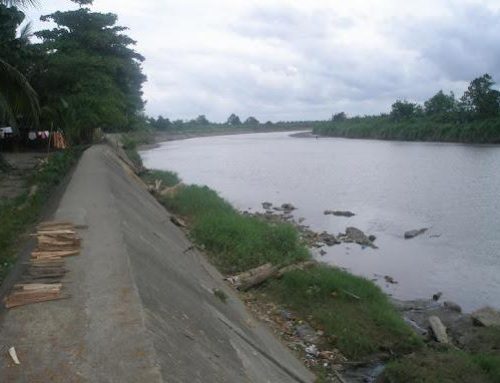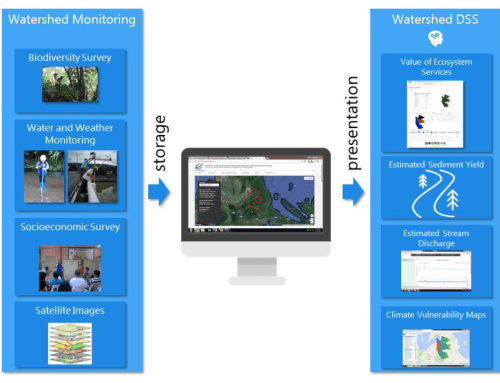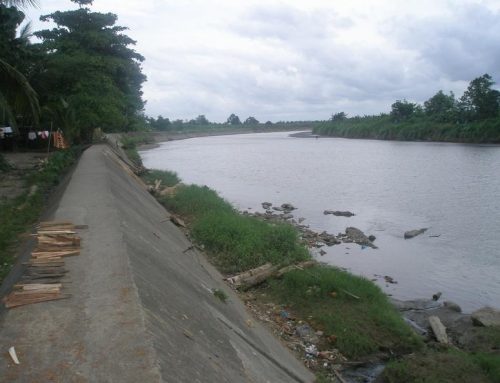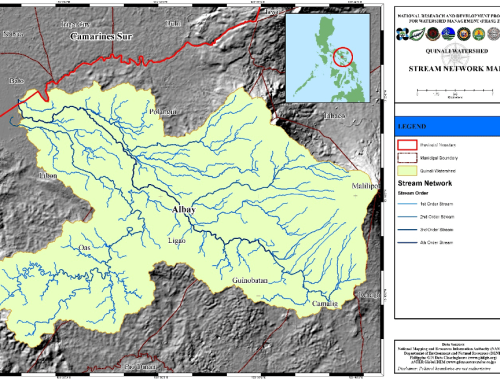In this Article
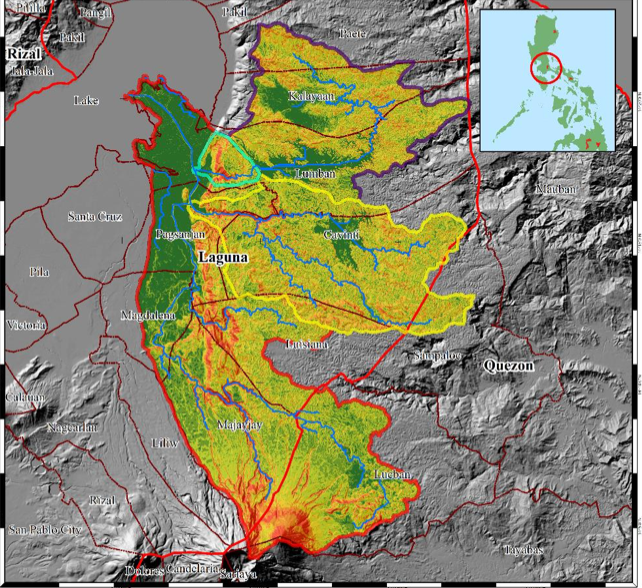
The watershed has a relatively flat to moderately sloping to rolling topography starting from the lakeshore going towards the mountains. In the case of the Pagsanjan-Lumban Watershed, the drainage density value is relatively high, which may be due to the presence of impermeable sub-surface material, sparse vegetation and high relief. The dominant land cover in Cavinti, Laguna is perennial crop, which attests the presence of Lansium domesticum and Cocos nucifera as among the most dominant species in the 2-ha PBMP. On the other hand, the dominant land cover where the 2-ha PBMP established in Majayjay, Laguna, is closed forest. Inside the plot, the most dominant species include Gironniera celtidifolia, Coffea arabica, and Chloranthus eliator.
Socio-economically, the increasing population coupled with the kind of economic activities, thriving in the different sub-watersheds and locations (upstream, midstream and downstream), increasing dependency ratio of the young and old, pose a threat to watershed sustainability. Although the economic activities of the respondents are not too dependent on forest resources, future scenario building on the changes in land uses provide a glimpse that farmland, grassland, agroforestry, tree plantation and forest will continue to decline to cater to the growing population as more people will convert the above-mentioned land uses for housing or settlement areas. There is very little knowledge on management of watersheds in general, but the key institutions mandated by the State in this area were identified by the respondents. The respondents saw the direct connection of the watershed to the main benefits the local community are deriving from the watershed.
The sub-watersheds of Bombongan and Balanac in the Pagsanjan-Lumban Watershed showed a direct linkage of development interventions to the natural watershed resources, like forest, water and biodiversity, and land use change, such as forest cover, agricultural/cultivated area and settlement area.

